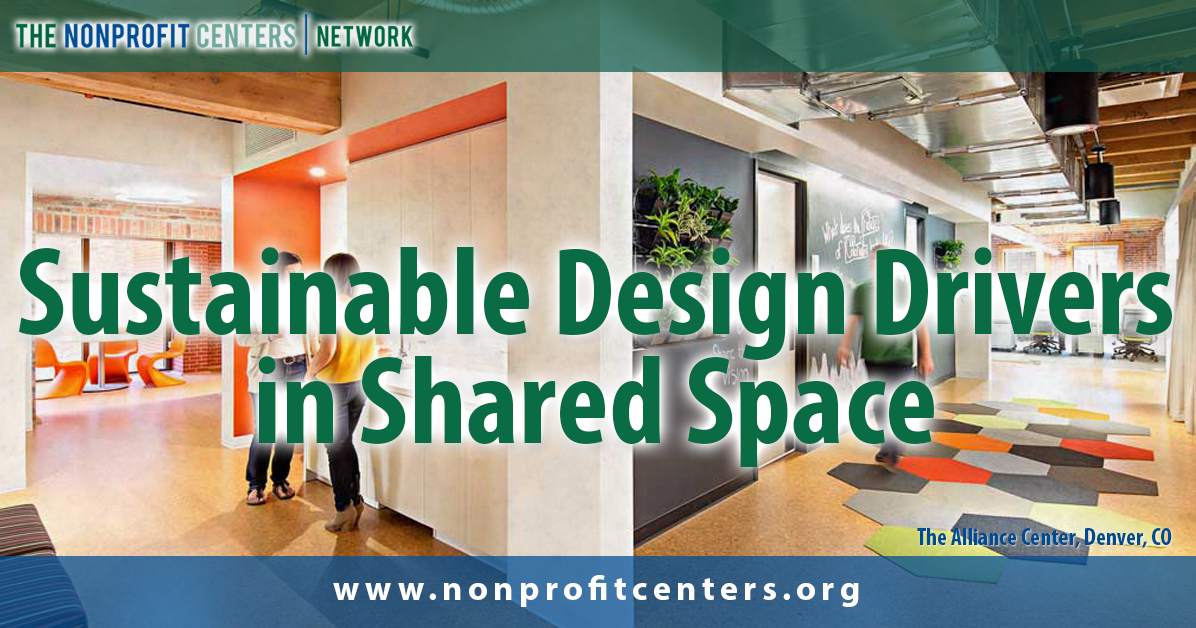I recently came across a case study of the Alliance Center, the shared space in which NCN is located. It offers some smart insights for those contemplating an energy efficient renovation of an existing space, especially historic buildings.
The Alliance for Sustainable Colorado, the owner and operator of the Alliance Center, undertook a four-year “transformation” project of the 41,000 square feet building, constructed in 1908. In 2010, the five-story brick building, a former warehouse, was configured in a traditional, private suite layout that had little natural light and limited space for gatherings or collaboration.
The renovation sought both to “create a cost-effective, high-performing building model” as well as to identify a replicable approach that could be applied to other commercial offices and historic buildings.
Insights from the Alliance Center project included:
- Focus on tenant wellbeing, productivity, and innovation in your design process, instead of building and LEED metrics alone. Success means having a full building (spreads out the building’s energy usage across a broad set of users) with happy tenants who want to stay there.
- Gensler’s Workplace Performance Index provided the basis for a pre-occupancy tenant survey to evaluate how the building met tenant needs before the renovation. Gensler compares this data to national benchmarks for nonprofit facilities as well as top-performing companies. Gensler uses the following framework for types of work space:
- Learn
- Collaborate
- Focus
- Socialize
- They found research that indicates that over half of most building square footage is wasted because it is underutilized. This applies to highly energy efficient office buildings as well. If few people are using a space, then any energy expended is less than optimal.
- Use “active design” to allow tenants to use different spaces throughout the day depending on their needs.
- By focusing on different types of space for different activities, a higher density was possible. The Alliance Center was able to double the occupancy of the building from 120 to 250 through the renovation project by creating more open work spaces and fewer private offices and office suites. Research shows that on any given day in most commercial buildings, 60% of desks are unoccupied or temporarily unoccupied.
- Due to increased density, The Alliance center was able to keep rents below market rate while increasing the energy efficiency measured per capita, rather than per square foot.
- Natural light was brought into a dark warehouse by including glass walls and reorienting spaces toward existing windows. An open floorplan, bright furniture and LED lighting (all with motion detectors) also helped address this concern.
NCN staff enjoy the benefits of these design decisions every day. We are interested in your design insights and how you plan to address energy efficiency in your space. Send us your comments.

